
© AFPThe molecular robot is just four nanometres -- four billionths of a metre -- in diameter.
Paris - Scientists on Wednesday announced they had created a molecular robot made out of DNA that walks like a spider along a track made out of the chemical code for life.
The achievement, reported in the British journal
Nature, is a further step in nanoscale experiments that, one day, may lead to robot armies to clean arteries and fix damaged tissues.
The robot is just four nanometres -- four billionths of a metre -- in diameter.
Milan Stojanovic of New York's Columbia University, who led the venture, likens the nanobot to "a four-legged spider."
The beast moves along a track comprising stitched-together strands of DNA that is essentially a pre-programmed course, in the same way that industrial robots move along an assembly line.
The track exploits one of the basic characteristics of DNA. A double-helix molecule, DNA comprises four chemicals which pair in rungs.
By "unzipping" the DNA, one is left with one side of the strand whose rungs can then be paired up with matching rungs.
In other words, the track can be used rather like the teeth in a clockwork mechanism. A cog can move around the teeth, provided it meshes with them.
By using strands that correspond to sequences in the track, the robot can be made to walk, turn left or right as it is biochemically attracted to the next matching stretch.
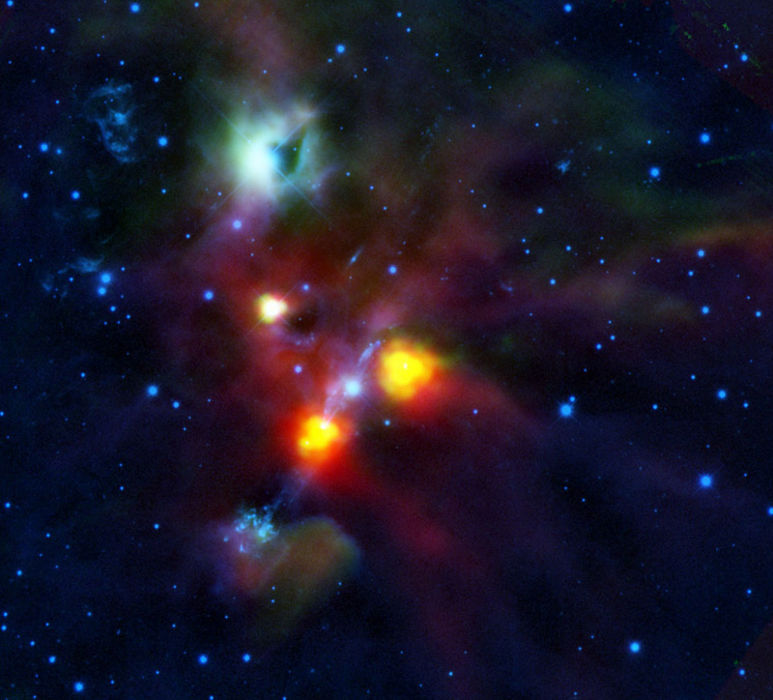
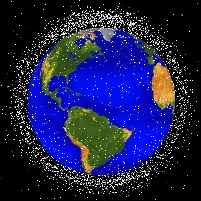



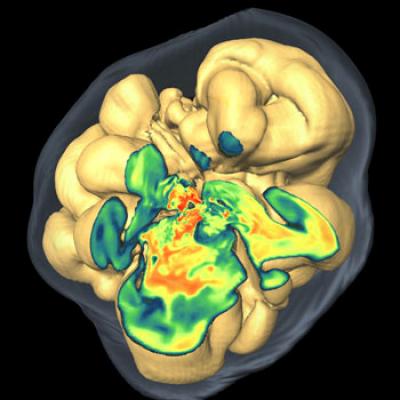
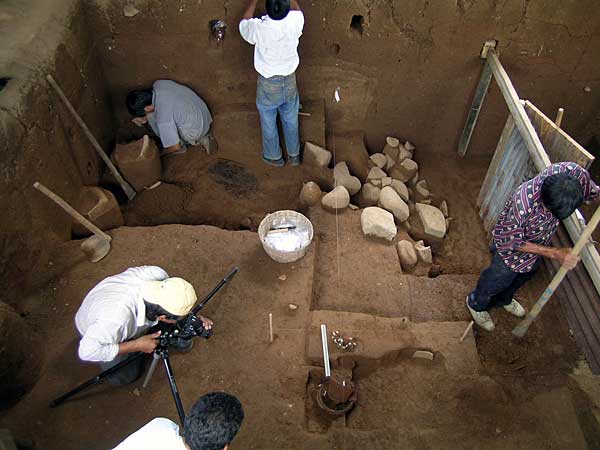

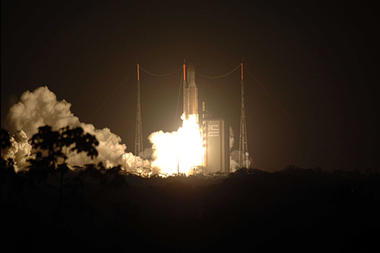
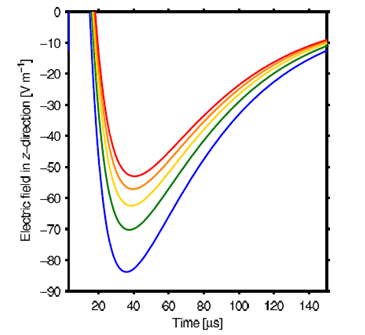



Comment: While the change in the data format may only be a symptom of a failing craft, the timing of this release is quite interesting. It remains to be seen whether the story is quickly discounted - or if it is a precursor to more "revelations" about our place in the Universe.
In the meantime, things on Jupiter are looking interesting, too:
BIG NEWS! Jupiter loses one of its belts